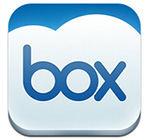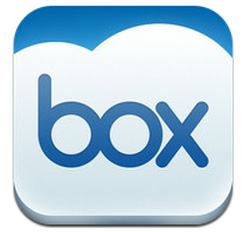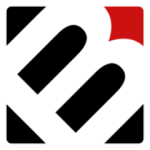 Box (NYSE: BOX), the operator of a cloud-based collaboration platform, is a recent addition to the Software sector coverage of our Battle Road IPO Review. Box was founded in Mercer Island, Washington in 2005 by Aaron Levie, Dylan Smith, Sam Ghods and Jeff Quesisser, following research conducted by the group, which examined corporate cloud requirements. Levie is currently the CEO, Smith is CFO, and Dan Levin is COO and president of the company. Today, Box is based in Los Altos, California. Consensus estimates call for calendar year 2015 (fiscal year ending January 31, 2016) revenue of $290 million, up from $216 million in calendar 2014. The company’s loss per share is expected to narrow from $4.96 to $1.18 in the same time period.
Box (NYSE: BOX), the operator of a cloud-based collaboration platform, is a recent addition to the Software sector coverage of our Battle Road IPO Review. Box was founded in Mercer Island, Washington in 2005 by Aaron Levie, Dylan Smith, Sam Ghods and Jeff Quesisser, following research conducted by the group, which examined corporate cloud requirements. Levie is currently the CEO, Smith is CFO, and Dan Levin is COO and president of the company. Today, Box is based in Los Altos, California. Consensus estimates call for calendar year 2015 (fiscal year ending January 31, 2016) revenue of $290 million, up from $216 million in calendar 2014. The company’s loss per share is expected to narrow from $4.96 to $1.18 in the same time period.
The Box IPO was originally filed in March of 2014, but was postponed, presumably due to market conditions. The stock debuted on the New York Stock Exchange on January 23, 2015, at a price of $14.00 per share. Box offered 12.5 million Class A shares, with an underwriters’ option of another 1.9 million shares which was fully exercised. Morgan Stanley, Credit Suisse and J.P. Morgan were book-running managers for the transaction, BMO Capital markets was the lead manager, and Canaccord Genuity, Pacific Crest, Raymond Jones, and Wells Fargo were co-managers. At a recent share price of $17.80, Box’s market cap is roughly $2.1 billion.
Box is a pioneer of the “freemium” business model, in which it offers a free basic version of its software product to allow customers to get a feel for its service. In doing so, the company believes that it offers ease of use akin to Facebook, and other consumer facing internet applications. With Box, users can invite people to view or edit their files, as well as share their documents and photos. This allows employees to collaborate across different divisions of the same company regardless of geography, as well as with clients and partners in one secure place, anywhere, anytime, in 15 different languages. The company monetizes use through paid subscription fees to its more feature-rich service, as well as through premium support services, and professional services.
Box boasts over 32 million registered users, including users in nearly 100 percent of the Fortune 500. However, the sub-set of paying users is 47,000, which includes users in about half of the Fortune 500. As a free to use service initially, Box entices users throughout a company with its easy to use functions, security and scalability, which are designed to work for all files, locations, platforms, devices and operating systems, boasting features such as online storage, and custom branding.
Data from cloud apps developed by the likes of Salesforce.com (an investor in Box), as well as NetSuite and Googles Apps can be integrated into Box as well. Over 1,300 iOS and Android Apps have been developed by software developers certified by Box, and the company’s mobile version works with the Android, Windows Phone, iOS, Blackberry and WebOS platforms.
From a business model standpoint, Box has not come close to generating operating income since its founding. Echoing the results of many venture capital-backed internet and software IPOs of the last couple of years, Box has been generating losses at an increasing rate. Between 2012 and 2013, the company’s revenue more than doubled from $59 million to $124 million, yet its operating loss grew from $109 million to $159 million. Through the first nine months of 2014 the company generated revenue of $154 million, with an operating loss of $120 million. We note that Consensus estimates for 2015 call for a dramatic reduction in the company’s operating losses. An open question remains how quickly the company can achieve profitability. As a venture-backed IPO, our sense is that the company’s pre-IPO investors are sure to push for a secondary offering, thus expanding the float of the stock, we suspect sooner rather than later.
To see how Box screens against its cloud software peers which have come public in the last seven years, contact info@battleroad.com.





 .
.